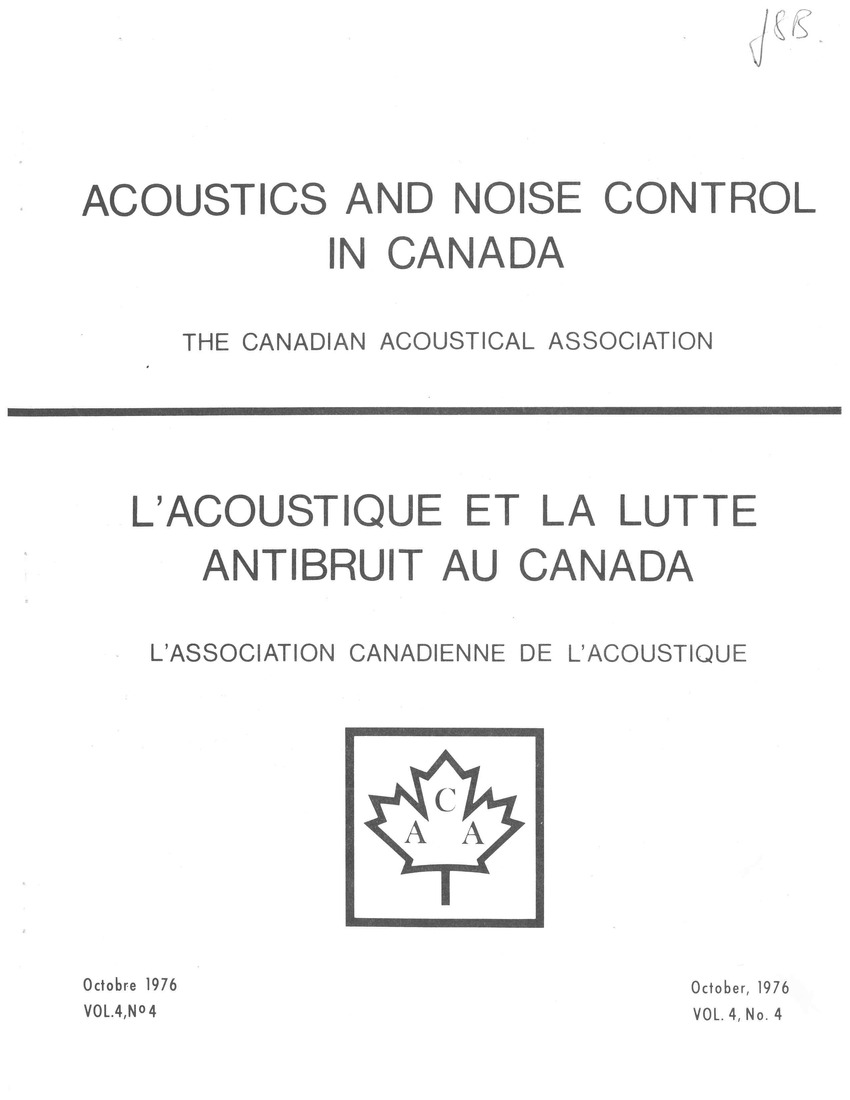An Investigation of Railroad Car Retarder Squeal
Abstract
While the use of humpyards for the classification of railroad cars has been very effective in increasing the volume of cars handled in a yard, one unpleasant by-product of this system is the squeal which is often generated by the retarder systems. As the cars roll down an incline (the "hump") they are slowed by means of a retarder system which usually is two braking mechanisms. These clamp onto the wheels of the car as it passes. The initial retarder, called the master, begins to slow the cars while the second is one of the group retarders. Figure 1 shows three of the group retarders as well as the classification tracks at the CNR Calder Yard in Edmonton. For certain cars (usually the heavier ones) the retarder brake acting on the car wheels causes a high pitched squeal to be generated. The retarders must dissipate energy at rates of up to 400 kW (>500 HP) and even if a relatively small amount is converted to acoustic power high sound pressure levels can result. Levels of approximately 120dB have been recorded at distances of 100 feet from the retarder. Since most of the acoustic energy is in the 2000-4000 Hz range the squeal tends to be very annoying. Because of the relatively high frequency of the squeal the use of barriers to control the noise seems an obvious answer. While barriers as low as six feet in height have been shown to be effective the practical limit to the insertion loss is about 25 dB. However, this is not sufficient as areas surrounding the retarders can still be severely impacted by the squeals. For this reason alternate techniques which would reduce the noise further have and are being sought.Additional Files
Published
How to Cite
Issue
Section
License
Author Licensing Addendum
This Licensing Addendum ("Addendum") is entered into between the undersigned Author(s) and Canadian Acoustics journal published by the Canadian Acoustical Association (hereinafter referred to as the "Publisher"). The Author(s) and the Publisher agree as follows:
-
Retained Rights: The Author(s) retain(s) the following rights:
- The right to reproduce, distribute, and publicly display the Work on the Author's personal website or the website of the Author's institution.
- The right to use the Work in the Author's teaching activities and presentations.
- The right to include the Work in a compilation for the Author's personal use, not for sale.
-
Grant of License: The Author(s) grant(s) to the Publisher a worldwide exclusive license to publish, reproduce, distribute, and display the Work in Canadian Acoustics and any other formats and media deemed appropriate by the Publisher.
-
Attribution: The Publisher agrees to include proper attribution to the Author(s) in all publications and reproductions of the Work.
-
No Conflict: This Addendum is intended to be in harmony with, and not in conflict with, the terms and conditions of the original agreement entered into between the Author(s) and the Publisher.
-
Copyright Clause: Copyright on articles is held by the Author(s). The corresponding Author has the right to grant on behalf of all Authors and does grant on behalf of all Authors, a worldwide exclusive license to the Publisher and its licensees in perpetuity, in all forms, formats, and media (whether known now or created in the future), including but not limited to the rights to publish, reproduce, distribute, display, store, translate, create adaptations, reprints, include within collections, and create summaries, extracts, and/or abstracts of the Contribution.


